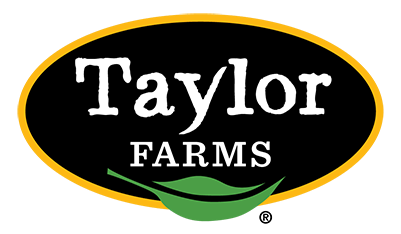A big bowl of fresh veggies topped with intentional protein, essential carbs, and healthy fats is an easy-to-make, all-in-one way to eat all of your macronutrients in one delicious meal.
Let’s break down how to build a macro-balanced and nutrient-rich salad tailored to your body’s needs and goals.
What Are Macros and Why Do They Matter?
Short for macronutrients, “macros” are just a way of describing the balance of three things: Proteins, Fats, and Carbohydrates. Consuming a consistent diet that targets all three is essential for proper energy, cell regrowth, and ensuring the body’s overall health and maintenance. How?
- Proteins are vital for building and repairing muscle tissue; they also keep you feeling full and satiated for a long time, so you don’t turn to snacks or unhealthy temptations during the hours between mealtimes.
- Carbohydrates are an immediately available energy source that your body needs to keep it going, as well as fiber.
- Healthy fats are important for hormone health, proper absorption of nutrients, and are also a long-lasting source of energy through the day.
So What’s the Right Balance?
While everyone’s needs vary based on activity level, goals, and metabolism, a general rule of thumb for a balanced plate of macros is:
- 40% carbohydrates
- 30% protein
- 30% fat
How to Tailor Your Salad to Your Macro Goals
For Muscle Gain: Opt for high-protein + carb-rich options. Pile it all on—meats, legumes, grains, fruits, and more—to fuel your body during performance and recovery.
For Weight Loss: Stick to lean proteins, fiber-rich carbs, and moderate servings of fat. Use loads of low-calorie, high-nutrient greens and veggies to keep you nourished and full.
For Maintenance or Balanced Eating: Pursue an even macro distribution, incorporating a variety of colors and textures. Think of your salad not just as greens, but as a canvas where you can paint your perfect macro mix.
Building a Macro-Balanced Salad: The Formula
Step 1: Start with a Green Base.
Think spinach, kale, arugula, or any mixed greens. These leaves are all packed with micronutrients, antioxidants, and fiber, and are the low-cal foundation for a salad heaping with macronutrients on top.
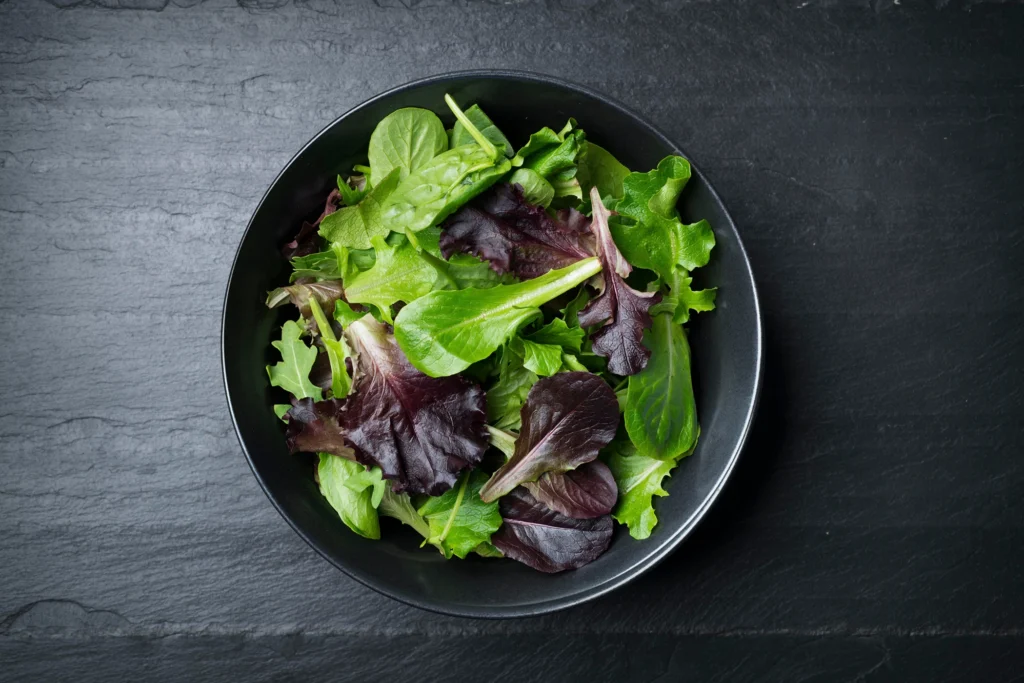
Step 2: Add Protein.
Lean, animal-based protein options include grilled chicken, hard-boiled eggs, tuna, and turkey. Plant-based protein ideas include chickpeas, quinoa, tofu, tempeh, and edamame. Especially if you’re looking to build muscle, pack on the protein.
Try our healthy, protein-packed recipe ideas featuring our salad greens that make for great post-workout recovery meals. Like our recipe for Chickpea Salad in a Jar, a high-protein and portable salad using our pre-washed
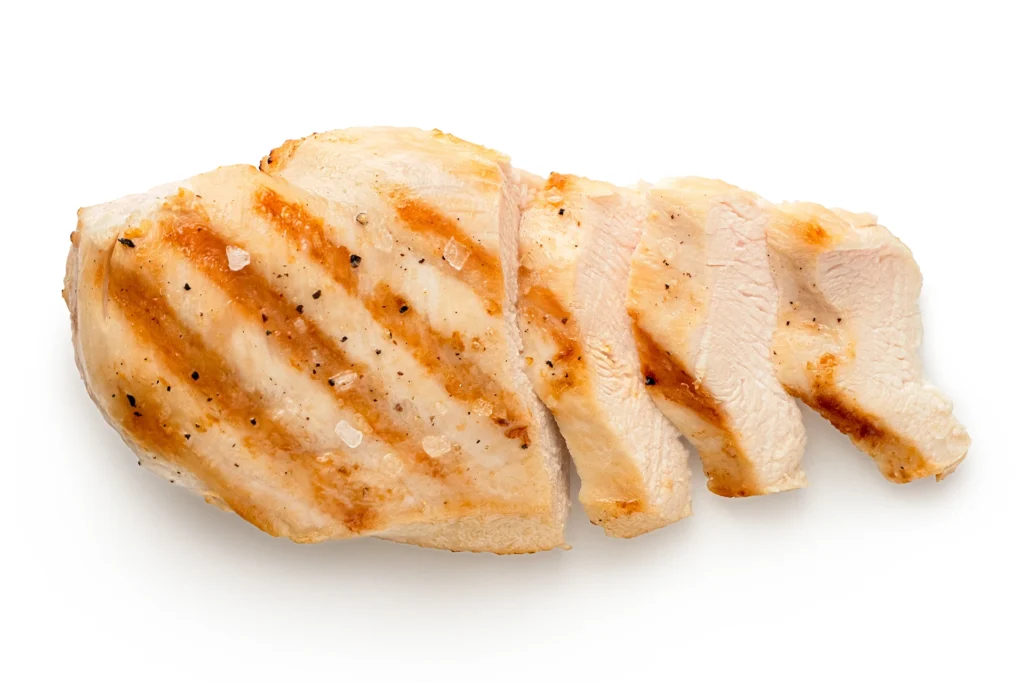

Step 3: Choose Healthy Fats as Toppings
Top your salad with sliced avocado, drizzled olive oil, chia, flax, sesame, or sunflower seeds, or unsalted nuts. Fat is essential for absorbing fat-soluble vitamins (A, D, E, K) and for healthy cell regrowth. It also helps you stay full—which means that, yes, fat can be good for weight loss!
Try these recipes with healthy fats as the special guest:
- Blue Zones-inspired Mediterranean bowl
- Mediterranean-inspired Salmon Apple Feta Salad
- Avocado Toast Bowl

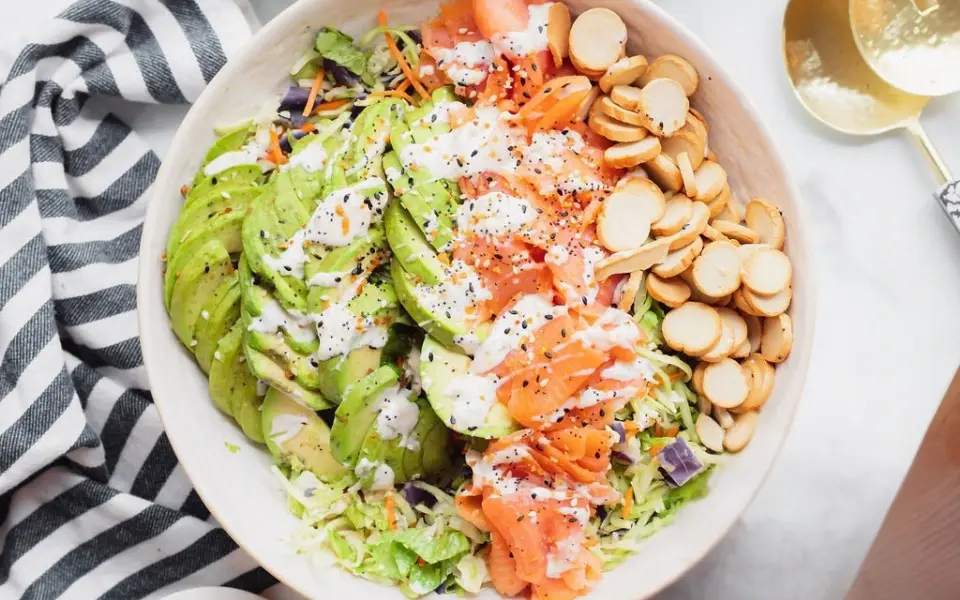
Step 4: Select Smart Carbs.
This means roasted sweet potatoes, corn, beans, fruit, and ancient grains like farro, barley, and quinoa. To get the most of these energy-boosting grains—and maintain your weight while indulging in good carbs—some recommend timing your consumption of these higher-calorie macros based on when your activity level and thus your metabolism are highest during the day.
Try making our Apple and Sweet Potato Harvest Salad as a delicious foray into this healthy carbs on a hearty salad idea. Another fun way to incorporate carbs is to make your salad into a wrap, using healthy, whole-wheat, gluten-free, or buckwheat wraps.
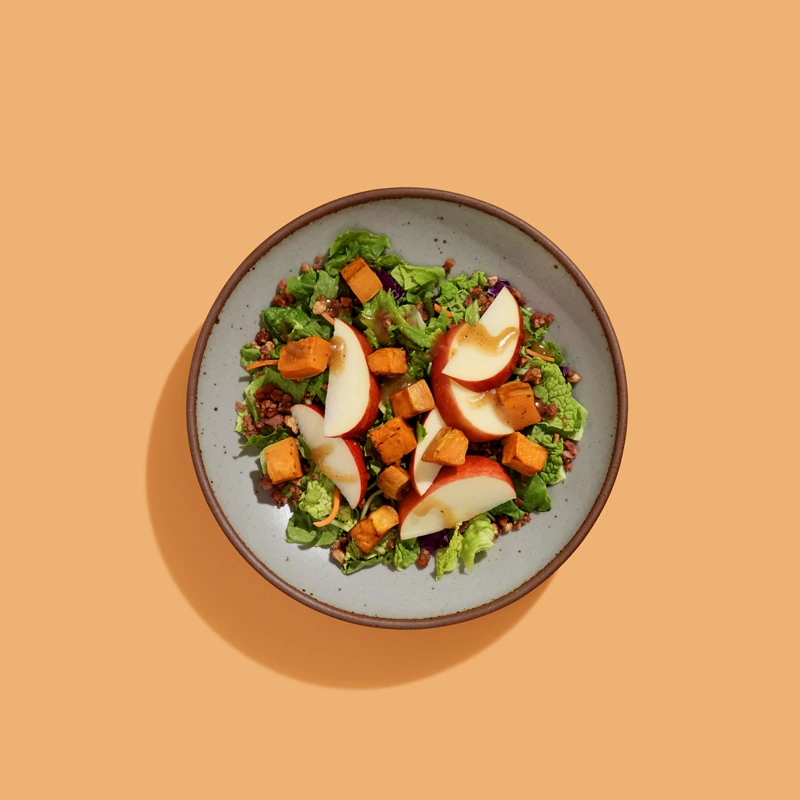

Step 5: Healthy Fats from Your Vinaigrette
Vinaigrettes are one of the simplest ways to add healthy fats to your salad. Dressings made with heart-healthy oils like extra virgin olive oil, avocado oil, or walnut oil do more than taste great—it’s a macro in a bottle! To build a balanced vinaigrette, aim for:
- 3 parts healthy oil
- 1 part acid (like lemon juice, balsamic, or apple cider vinegar)
- Added seasonings (mustard, herbs, garlic) to taste
This ratio keeps your fat intake in check while enhancing absorption of fat-soluble nutrients like vitamins A, D, E, and K—many of which are found in dark leafy greens and colorful veggies.
Looking for recipes with homemade vinaigrettes? Try these easy crowd-pleasers.
Mix it up and get those Macros!
A salad is not just a lightweight, low-cal bowl of lettuce or a boring side dish. A well-balanced salad can be a powerful meal. Salad recipes let you experiment with endless ingredient combinations, while staying macro-aware.
